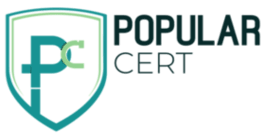ISO 17025 Certification In Johannesburg
Get Free Consultation
PopularCert is your trusted partner for achieving ISO 17025 certification in Johannesburg, providing expert guidance throughout the certification process. ISO 17025 certification is an international standard for testing and calibration laboratories, ensuring they operate with the highest quality and accuracy. It helps organizations in Johannesburg demonstrate their technical competence and ability to produce valid and reliable test results. The certification process involves establishing a quality management system that covers all aspects of laboratory operations, from personnel qualifications to equipment calibration. Achieving ISO 17025 certification enhances a laboratory’s credibility, increases customer confidence, and can open doors to new business opportunities. To achieve ISO 17025 certification, laboratories must undergo a thorough evaluation to ensure compliance with the standard’s stringent requirements. Once certified, laboratories can continue to improve their systems and maintain compliance through regular audits and assessments.
Why ISO 17025 Certification is Important in Johannesburg?
ISO 17025 certification in Johannesburg is important because it demonstrates a laboratory’s ability to deliver accurate, reliable, and consistent test and calibration results. It enhances the laboratory’s credibility and helps build trust with clients and regulatory authorities. The certification provides a competitive advantage by ensuring that the laboratory meets internationally recognized standards, making it more attractive to potential clients. It also helps organizations reduce errors, improve efficiency, and ensure compliance with legal and regulatory requirements. ISO 17025 certification fosters continuous improvement in laboratory operations, ensuring high-quality practices are consistently maintained. Furthermore, it opens up new business opportunities by meeting the rigorous requirements expected by global clients and partners.
How to Get ISO 17025 Certification in Johannesburg ?
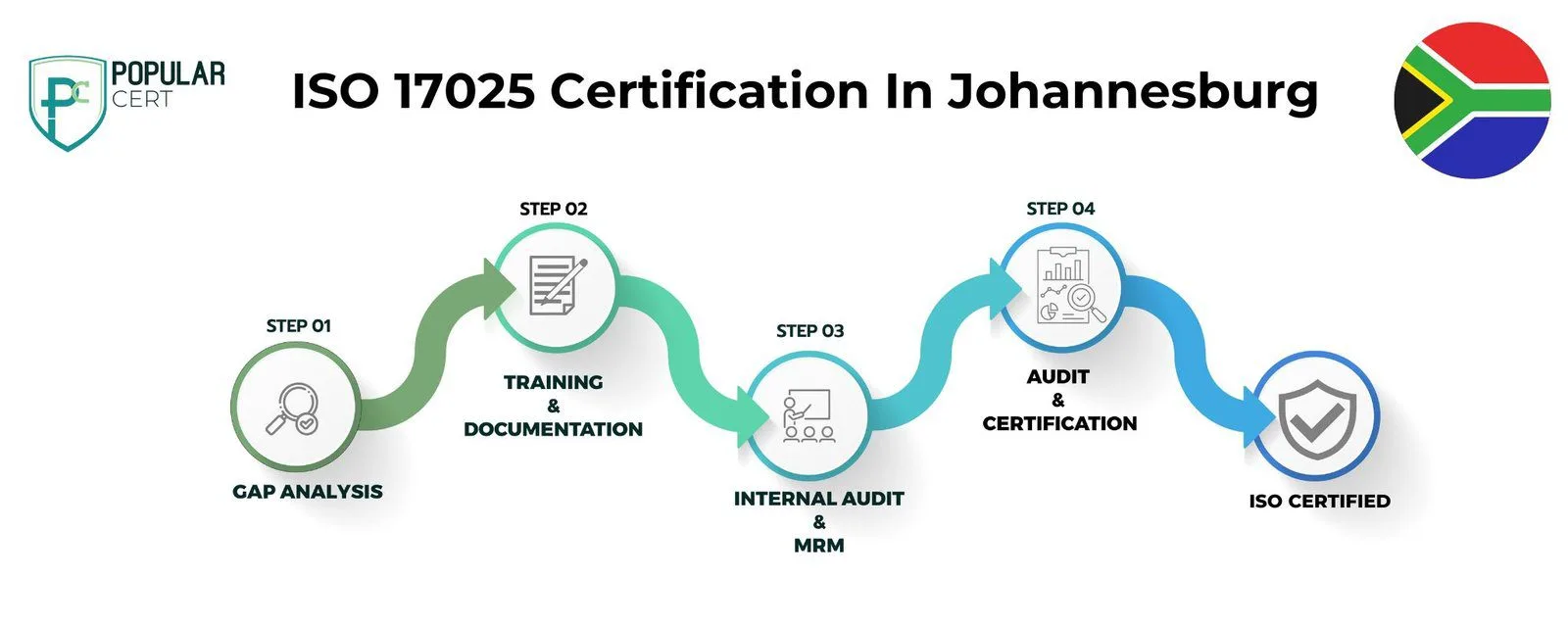
Process to Get ISO 17025 Certification in Johannesburg
Consultation and Gap Analysis
PopularCert’s experts evaluate your laboratory’s unique requirements and current systems. A detailed gap analysis identifies areas needing improvement to comply with ISO 17025 standards.
Planning, Documentation, and Policy Development
Based on the gap analysis, we design a customized implementation plan, define resource requirements, and assist in creating the necessary documentation and policies. These are seamlessly integrated into your existing laboratory processes.
Training and Awareness
Comprehensive training ensures your team fully understands ISO 17025 requirements and their responsibilities in maintaining an effective laboratory management system.
Internal Audit and Management Review
We conduct internal audits to assess the management system’s effectiveness and address any non-conformities. A management review ensures alignment with organizational objectives and ISO 17025 standards.
External Certification Audit and Certification
Upon successful completion of the external audit by the certification body, your laboratory will receive ISO 17025 certification. This demonstrates your commitment to quality, technical competence, and adherence to international standards, enhancing your laboratory’s credibility and client trust.
Benefits of ISO 17025 Certification in Johannesburg
- Enhanced Credibility: Demonstrates the laboratory’s ability to produce accurate and reliable test results, building trust with clients and stakeholders.
- Improved Operational Efficiency: Establishes a solid quality management system, ensuring consistent, precise outcomes and better management of laboratory processes.
- Increased Customer Confidence: Clients can rely on laboratories that meet internationally recognized standards, boosting satisfaction and loyalty.
- New Business Opportunities: Opens doors to work with global clients and meet regulatory requirements, expanding the laboratory's market reach.
- Continuous Improvement: Helps identify areas for improvement, ensuring ongoing optimization of laboratory operations.
- Regulatory Compliance: Supports compliance with legal and regulatory requirements, minimizing the risk of errors and non-compliance.
Types Of ISO Certification In Johannesburg
Get Free Consultation
Our Clients
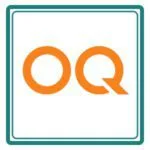

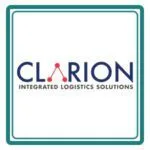
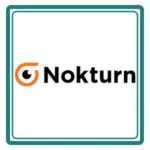


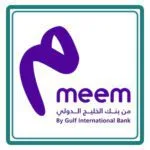
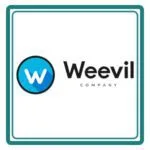



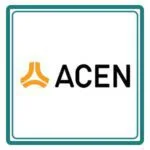
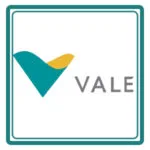



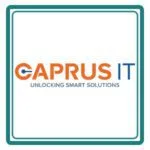

Cost of ISO 17025 Certification in Johannesburg
The cost of ISO 17025 certification in Johannesburg varies depending on factors such as the size, complexity, and chosen certification body of the laboratory. Typical expenses include costs for documentation and implementation, audit fees, and staff training. Investing in ISO 17025 certification boosts the laboratory’s credibility and enhances operational efficiency.
Enhance testing accuracy and quality with ISO 17025 Certification in Johannesburg. Learn how to get and apply for certification with expert consultants providing efficient support at an affordable cost.
Why Choose PopularCert for ISO 17025 Certification in Johannesburg?
PopularCert is your trusted partner for ISO 17025 certification in Johannesburg. We provide tailored, expert support at every stage of the process, ensuring your laboratory meets international standards. From initial evaluation to final certification, our consultants guide you through each step, addressing local regulations and industry requirements. We prioritize efficiency and quality, making the certification journey smooth with continuous assistance to keep your lab on track.
Customer satisfaction is our primary focus. You can expect prompt, reliable service and expert advice. For more information,
GET A FREE CONSULTATION NOW
FAQ
What is ISO 17025 and why is it important in Johannesburg?
ISO 17025 is an international standard that sets rules for proficiency in testing and calibration laboratories worldwide. It is vital in Johannesburg for ensuring reliable results, regulatory compliance and global recognition. This satisfies industries, regulatory bodies and consumers who use these laboratories services.
What are the Benefits of ISO 17025 certification in Johannesburg?
There are a number of benefits you may get by implementing ISO 17025 standard. It establishes a global benchmark for laboratory quality and reliability. It enhances confidence in test and calibration results, both domestically and internationally. It facilitates cooperation between laboratories and other bodies by generating wider acceptance of results. It reduces the need for retesting, saving time and resources.
Who Should Get ISO 17025 Certification in Johannesburg?
Laboratories of any size that perform testing and calibration in Johannesburg, seeking to demonstrate their operational competence and reliability can benefit from this certification.
How Does ISO 17025 Certification Work in Johannesburg?
It provides requirements for the competence, impartiality, and consistent operation of laboratories performing testing or calibration activities. ISO 17025 focuses on technical aspects, ensuring the accuracy and reliability of test and calibration results.
To earn ISO 17025 certification, you will need to successfully complete an Initial Certification Audit. After earning the initial certification, you will need to complete yearly surveillance audits and re-certification audits every three years to maintain your certification.
